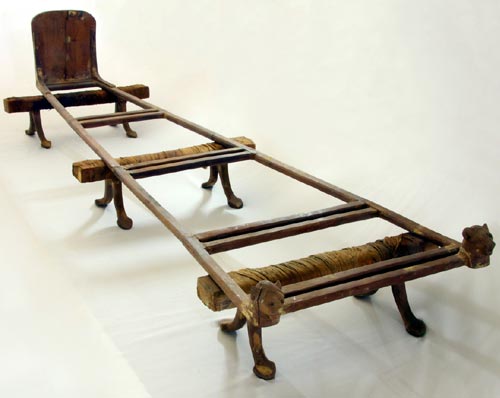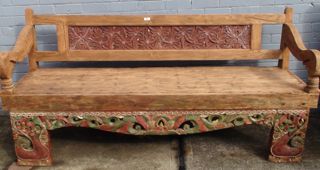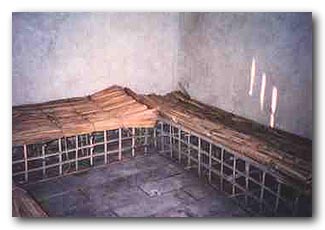The Ancient Egyptians did not have much furniture. The most common item of furniture was a low stool, although many people, especially the poor sat on the floor. Rich people had Egyptian Beds and mattresses, while poorer people slept on a straw mattress or rug on the floor. The Ancient Egyptians did not have cupboards but stored things in reed baskets.

In ancient Egypt the family was important. Its importance is demonstrated in part through the many references to the family in a variety of texts and documents, numerous depictions of it in statues and paintings, and a large number of familial relationships among the gods and goddesses. The Egyptians used many types of wooden furniture, including tables, chairs, stools, chests, and beds.

Houses were mostly sparsely furnished. The majority of Egyptians did not have many belongings that had to be hidden away, so a chest or two or a few baskets would furnish plenty of storing space. Tables were rarely used. Even scribes, more affluent than the average Egyptian, did not write their scrolls sitting at a table, but generally squatted on the floor, holding a wooden board, on which the papyrus was spread, with one hand and writing with the other.
Kitchen work was done crouching with the cooking utensils laid out on the floor. In many houses, there would be a few low stools, but people often sat simply on the ground. And while the wealthy slept on beds, the poor had to make do with a mattress filled with straw or wool, a mat or even the plain floor.

The ancient Egyptians used carved and curved, raised headrests supposedly used as “pillows” on their Egyptian Beds. According to archaeologists, they really slept on those through the night. But there is some evidence that they may have also covered the headrests with some soft material to make it more comfortable.
After the jewelry, some of the most exquisite objects remaining from the ancient Egyptian world is the furniture the people crafted and used. Chairs, beds, chests, and stools were made not only for function but for beauty, as well, a beauty that reflected the philosophy of the ancient Egyptian mind of combining the best in human artistry while paying homage to the natural world. The perfect example would be a chair made of cedar from Lebanon with inlaid ivory pieces in the shape of lotus blossoms on the back of the seat, with the legs of the chair ending in the paws of a lion.